A Middle School Celebrates STEAM
Science Friday and Richmond Hill Middle School have partnered to bring you a series of middle school STEAM lessons designed to slide into any subject
If you’d expect nutrition, paleontology, pollution, cells, biodiversity, renewable energy, interest rates, or soil structure to be subjects taught by science teachers, there’s a middle school in Georgia that looks forward to proving you wrong.
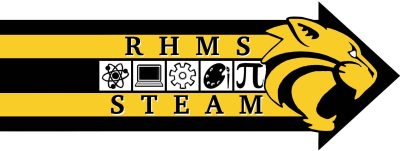
Richmond Hill Middle School is a public 6-8 middle school located in Richmond Hill Georgia next to Savannah Georgia. RHMS has one of 17 middle school programs to receive a STEM or STEAM certification from the Georgia Department of Education. The focus of the program is to educate its students through project-based learning that centers around the application of the Georgia standards to real world problems that can be found in the SE Georgia community and beyond. The RHMS STEAM program serves one out of every three students in the 2,000 student middle school, but what makes it so unique is the pervasiveness of STEM concepts, systems, and skills across all subjects, and always with a problem to solve. Students in all subjects work in collaborative groups to host debates, build disc golf courses, direct stop motion videos, engineer electric devices for investor faire, make weather forecasts, test filters, race electric cars, design mission patches, and more.
In 2022, Science Friday and Richmond Hill Middle School partnered to capture and share some of the cross collaborative lessons developed by the RHMS STEAM teaching teams, following in the footsteps of Science Friday’s Educator Collaborative Program. In addition to participating in a two-day professional development, team building, and “write-in” lesson design cycle, educators received training on capturing and disseminating their instructional practice in a way that would encourage adoption by educators around the country.
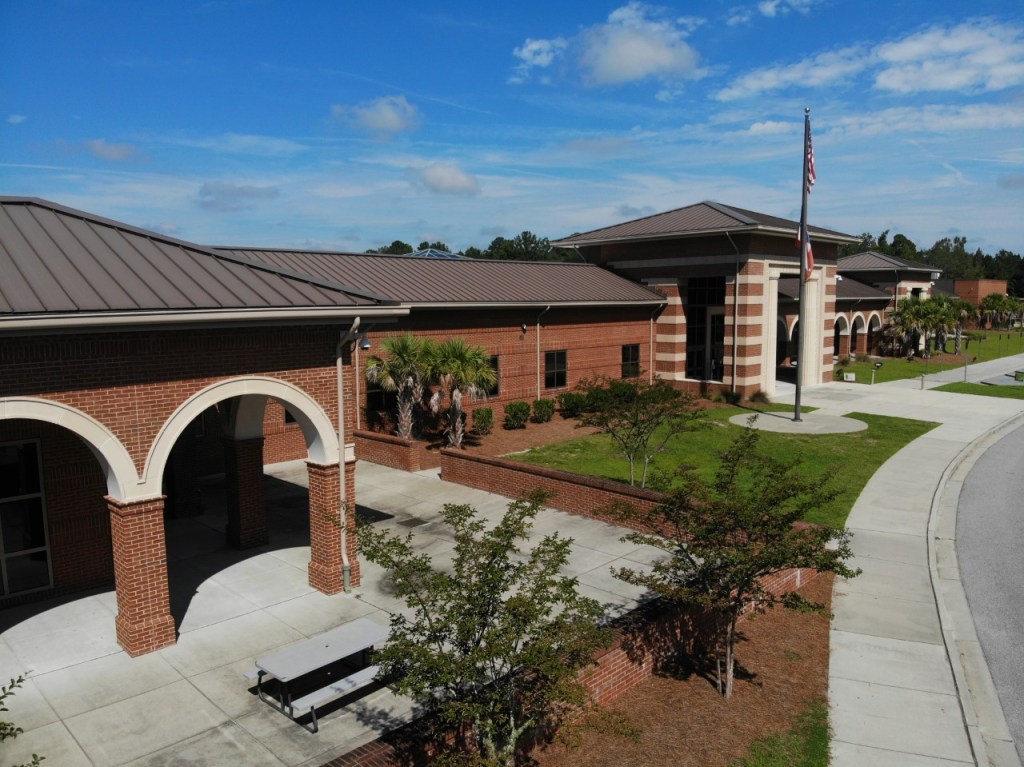
The lessons developed by the RHMS instructional teams champion standards-aligned instruction, a strong culture of student-directed learning, use of primary sources to support a claims-evidence-reasoning model, and STEM integration across all subject areas. They also share a solutions-mindset. Each of the lessons presented below challenges students to solve a real problem.
So dive in, get inspired, and be sure to subscribe to Science Friday’s Education Newsletter to be notified when each of these and other new, open, and educator-authored lessons and activities are published!
Students are challenged to plan and plant a garden that will grow produce rich in micronutrients to address specific illnesses in this applied agriculture and nutritional sciences lesson.
By Dennis Moore
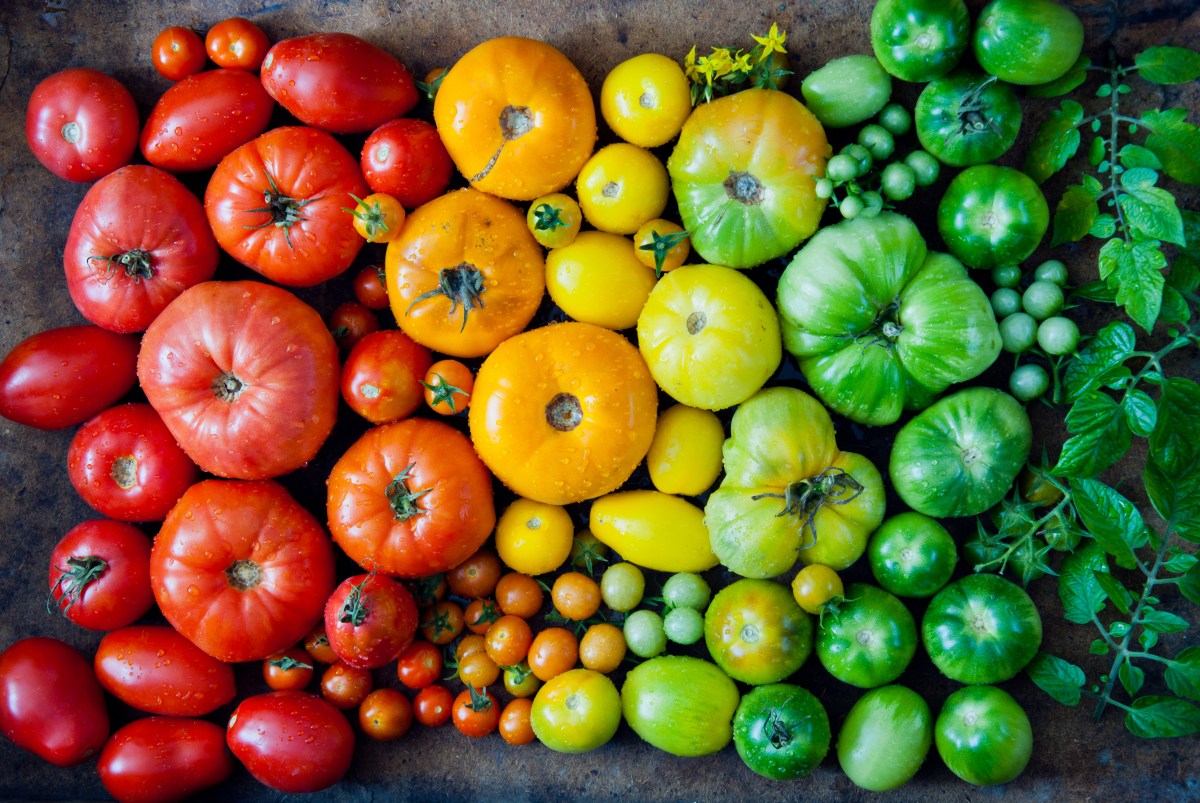
In this lesson, students will research how air pollution is generated and its impact on countries around the world before brainstorming creative solutions for a country of their choosing, and crafting a Public Service Announcement.
By Amanda Winter and Teressa Smith

Classification helps us to group, organize, and understand the world around us. In this activity, you will develop your own system for classifying foods, and in the process, develop the skills you’ll need to understand other classification systems, like the ones we use to organize living things into kingdoms.
By Ann Vitello and Alexandra Ameduri
In this STEAM activity, students select a species of dinosaur or other prehistoric reptile to research. They will use fossil information that they uncover about their prehistoric creature to create a model of it. Finally, they will feature their model in a short video explaining how their chosen dinosaur (and its body) might have interacted with, and been adapted to, its environment. By Tammy Luke
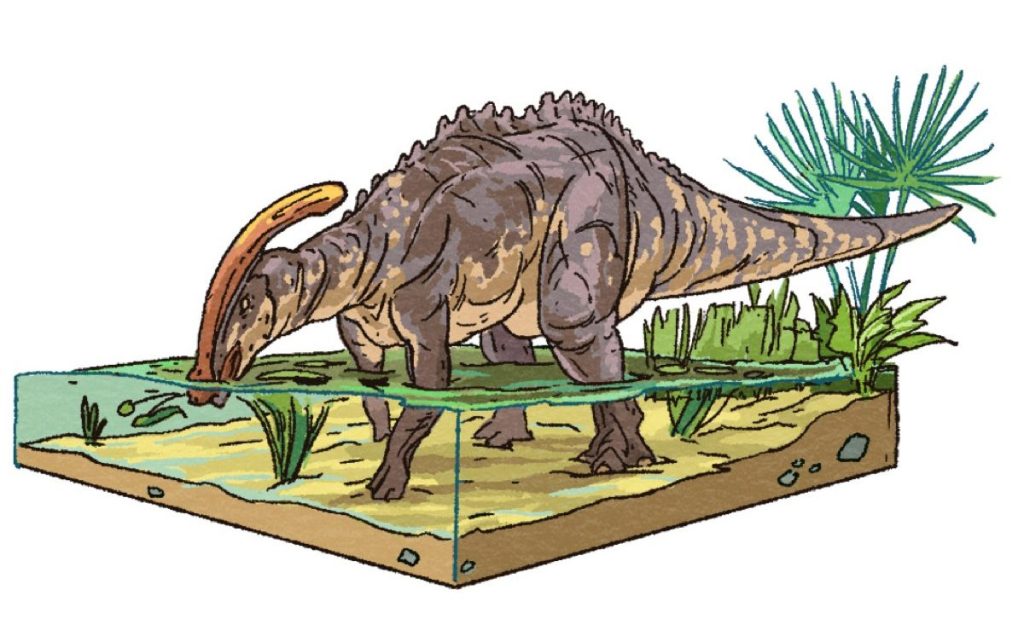
What does it take for human beings to survive? What happens when the most basic human needs are threatened in a challenging environment? Dystopian doomsday stories are the stuff of science fiction, but where does the fiction stop and the science begin? In this lesson, you’ll consider the science behind survivalist works of fiction such as Andy Weir’s The Martian and Jeanne DuPrau’s The City of Ember. You’ll argue as though you were an inhabitant of Ember struggling to survive: How will you produce stable energy and a reliable food source in order to save the city? By Brandy Sherrod
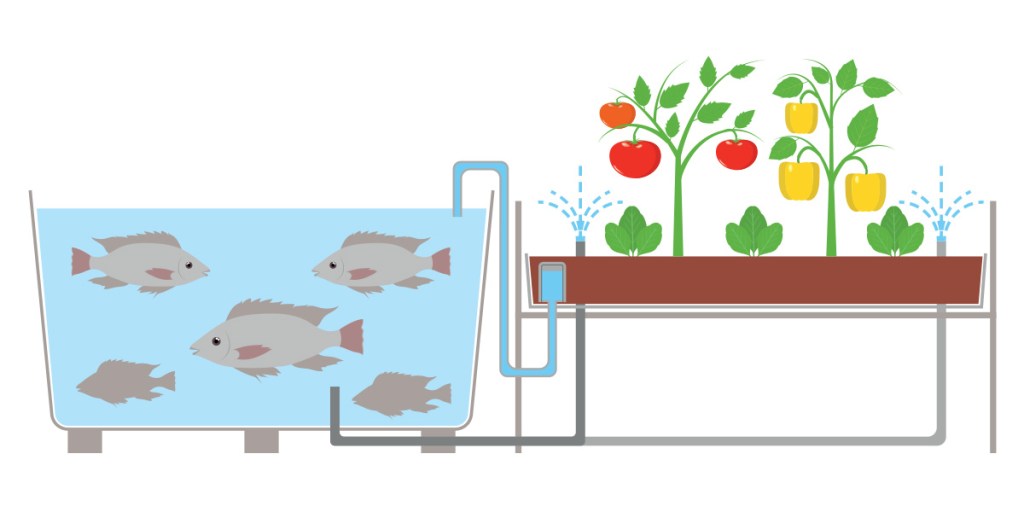
Purchasing your dream home is not just about how it looks and feels, but the actual costs associated with its size, characteristics, and location. Other factors, such as significant population growth in a community, financial market ups and downs, and even climate change can dramatically change not only the list price of a house, but also the total money you pay for the house with a loan and interest. In this activity, you will calculate the mortgage costs for a new and old home to determine the actual cost of purchasing a home. By Kristin Butkovich and Jamesa Broome.

What does it take to become a super athlete? Is there something special about their bodies that makes them so successful? Or is anyone capable of swimming that fast, if they just put their mind to it? You’ll compare the physiology and abilities of athletes of different genders, races, ethnicities, and sports in order to draw conclusions about what it takes to be (or become) a super athlete. Then, you’ll design the next super athlete for your favorite sport. By Emily Courtenay and Lauren Avant.
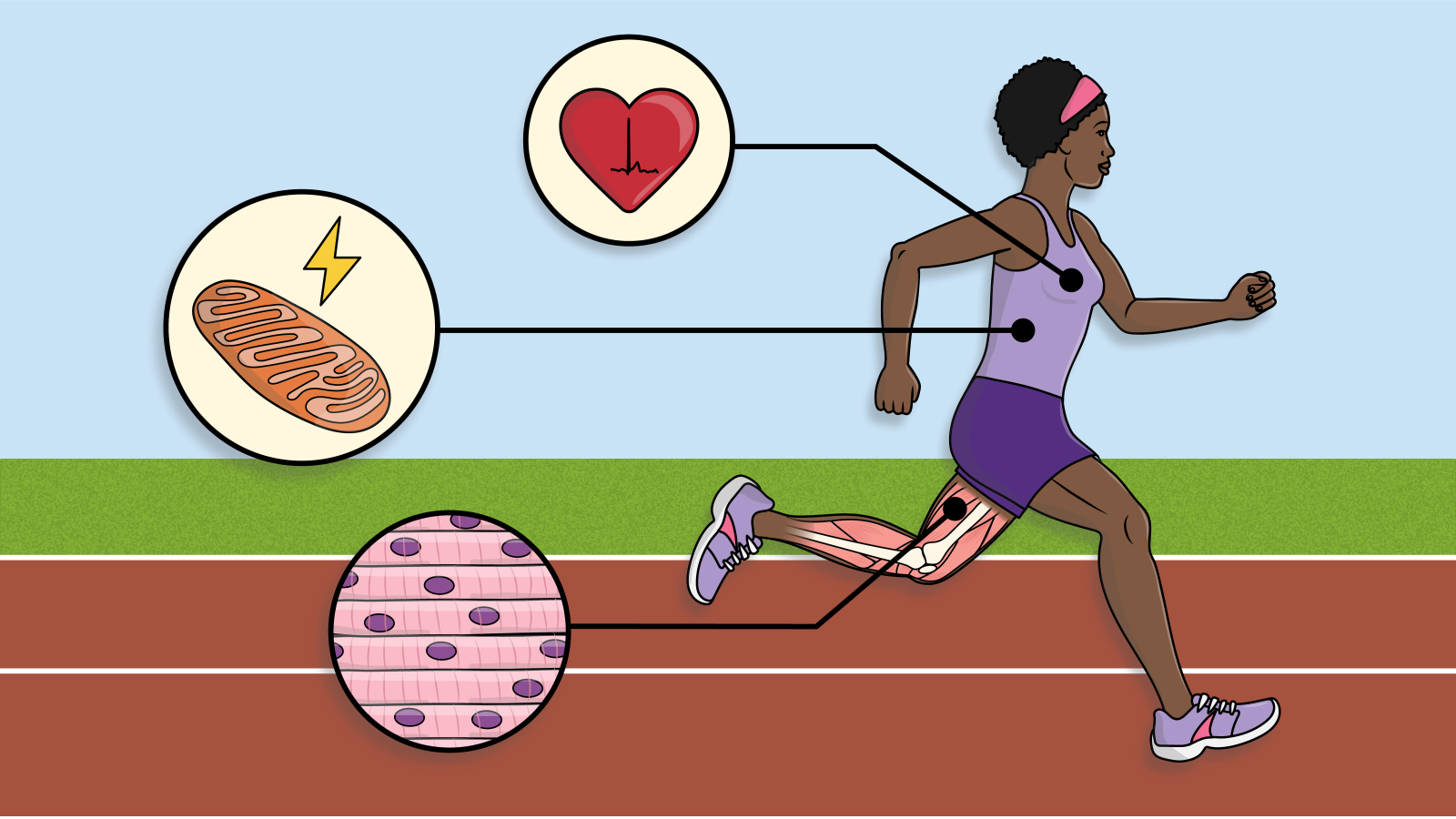
Some countries, such as China, are taking drastic measures to convert desert areas to support plant life. But in order to accomplish such an ecological feat, they have to start from the ground up. That’s right! They have to start by changing the soil. In this activity, you will analyze different soil types to determine their composition and properties. As you go about engineering soils, you’ll learn to use ratios and percentages to accurately describe the relative amount of each component in the soil mixture so that other scientists can replicate your results. By Lisa Bright.
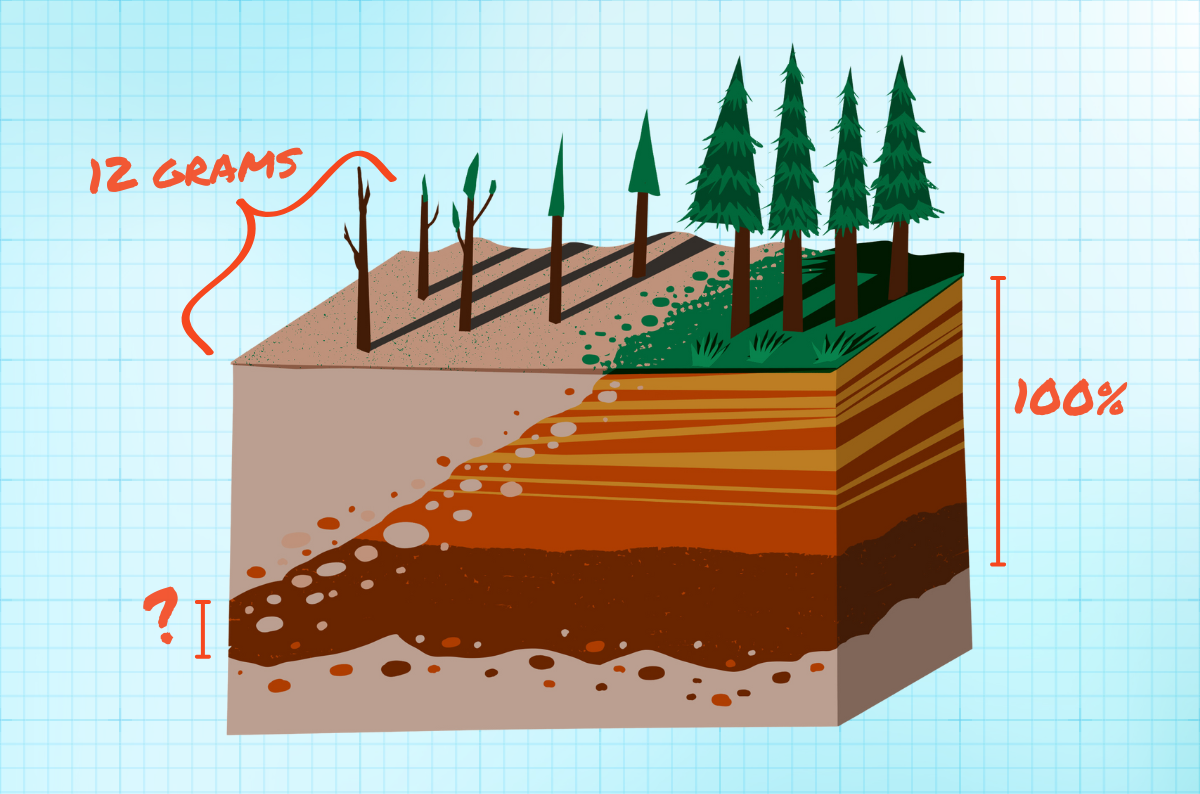
Ariel Zych is Science Friday’s director of audience. She is a former teacher and scientist who spends her free time making food, watching arthropods, and being outside.